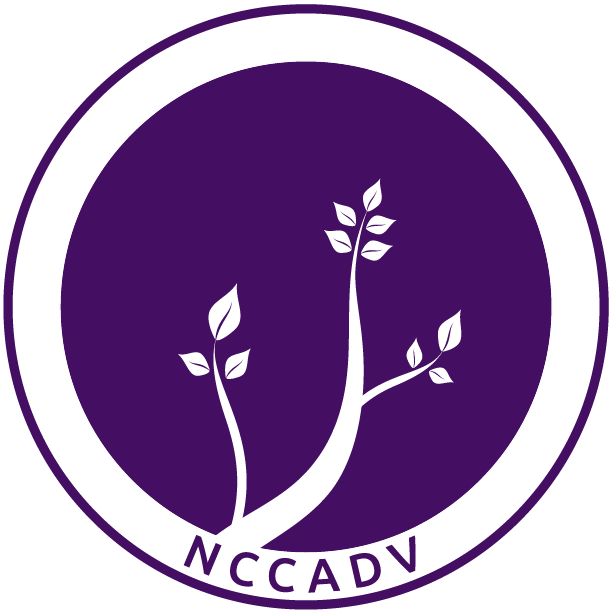
Social Media and Pop Culture in Prevention
Student Centered Services
Campus life is centered around the academic and interpersonal success of students. When campus life centers students and puts them first, prevention efforts are student and survivor centered as well. When working with students there are multiple factors to consider to ensure prevention and education efforts address all populations present on campus, especially those with marginalized identities.
Understanding Campus Culture
Between social media, internet blogs, and celebrity news, the information that is present in pop culture continues to shape campus culture throughout the nation. With technology allowing access to information and resources to all the latest stories, those who want to integrate pop culture into intimate partner violence prevention work are able to meet students where they are! From Netflix to TMZ, check out some of the ways to integrate pop culture into prevention efforts!
What’s New in the Media: Prevention and Awareness Guides
It Ends With Us the film and novel
Violence Prevention Awareness Programming Ideas
Current Films, TV Shows, Songs, and Books for your programming:
Check out a list of shows, films and other media forms that can be adapted to your programming efforts on campus. Please note, some shows have “toolkits” designed by NCCADV to help outline and recap moments that are ideal for student involved programming and education.
The Perfect Victim | Amazon Prime | Documentary
The Perfect Victim is a documentary that follows women who spent decades in prison for killing abusive husbands, exploring domestic violence and justice systems.
A Cruel Love: The Ruth Ellis Story | Amazon Prime
Based on True events… 1950’s true crime drama about Ruth Ellis, the last woman in Britain to be hanged. This startling story reveals hidden truths about Ruth’s murder of her lover, the legal case surrounding it and those who were also complicit.
My Fault London | Amazon Prime
Though centered around a young love story, a bigger role is at play; a young woman and her mother surviving the aftermath of a abusive father/husband.
In Beauty and Beast, the Beast isolates Belle and consistently yells and screams at her and the others in the house. The movie shows that Beast becomes nicer because Belle is nice, but we can’t change an abuser with kindness.
The Summer I Turned Pretty | TV Show | Season 3
Belly finds out that Jer has cheated on her with Lacy – their argument escalates (example of situational couple violence among young adults). Shortly after Belly’s brother is in a life threatening car accident – Jer emotionally manipulates her and takes advantage of her emotionally vulnerable state and asks her to marry him.
Following Teddy around, its not hidden that her relationship with Spencer isn’t the healthiest — its build on dishonestly and betrayal. Spencer repeatedly cheated on Teddy and lied about it, breaking her trust and creating an emotionally manipulative cycle that left her hurt and insecure.
Taylor Swift Inspired Awareness Posters
A campaign dedicated to raising awareness about bystander intervention and community engagement and care.
Black and Blue | Song | Youtube
Explores emotional pain, heartbreak, and resilience when dealing with violence in a relationship.
Tolerate It | Song | Spotify
If it’s all in my head tell me now”; and that she takes his “indiscretions all in good fun”, so as to not be seen as rude or unkind. The song’s lyrics mirror being in the final stage of gaslighting: discarding.
People Disappear Here | Song | Spotify
A haunting atmospheric track about feelings of absence and longing in a violent relationship
Book Recommendations:
A nonfiction investigation that directly addresses domestic violence, this book exposes systemic failures and the hidden epidemic of abuse, reframing it not as isolated incidents but as a public health crisis.
The memoir reflects on surviving a brutal knife attack, it provides profound insight into personal trauma, violence, and resilience, relevant to discussions on the psychological aftermath of violent assault
A psychological thriller where manipulation, gaslighting, and emotional abuse play roles in both the mystery and the main characters unraveling perception of reality; how domestic abuse isn’t always physical.
Podcast Recommendations:
The Post-Separation Abuse | Podcast
We tackle the hard truths about what happens when separation involves family violence, high-conflict dynamics, and ongoing abuse - and most importantly, how to protect your children when the flawed Australian 'system' lets you down.Each episode challenges the dangerous myths that keep women and children in harmful situations.
“It Doesn’t End Here shares stories from survivors about overcoming trauma from past relationships. We discuss how to identify red flags and manipulation tactics abusers use. The guests who share their stories hope to spread awareness of toxic behavior in relationships. Every story has a different message as to how we can heal, grow and have more compassion for ourselves and others.”
Narcissist Apocolypse: Patterns of Abuse | Podcast
Narcissist Apocalypse is a Purple Ribbon Award-winning storytelling podcast that amplifies the voices of those who have experienced narcissistic abuse, coercive control, emotional abuse, domestic violence, family relationship abuse, and relationship trauma. Our guests share their stories of abuse survival, providing a source of validation, education, inspiration, and hope for those going through similar experiences



